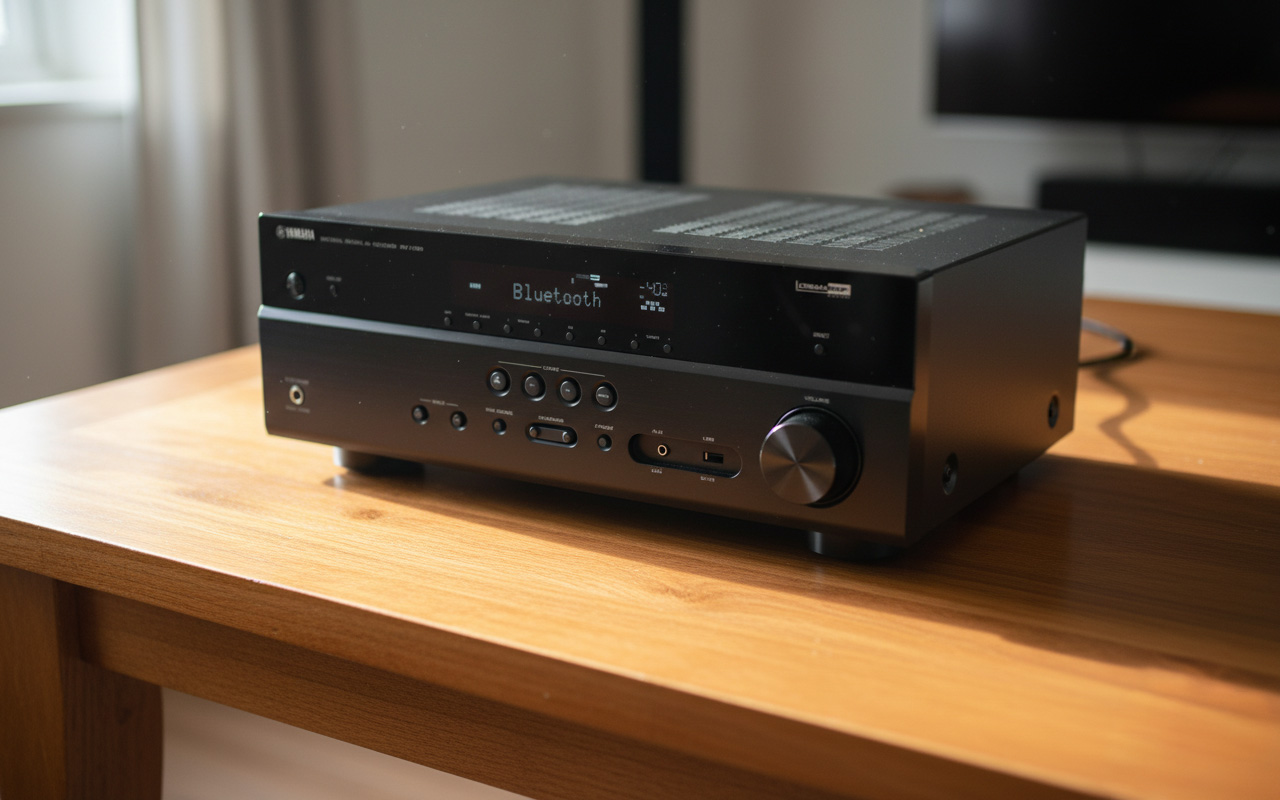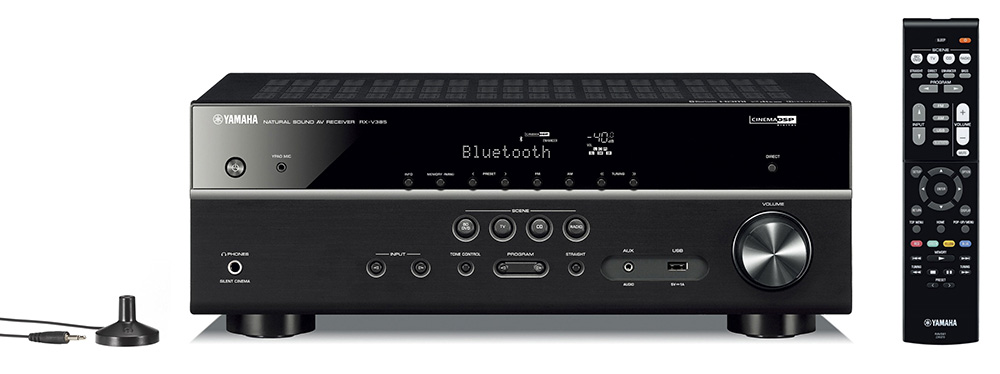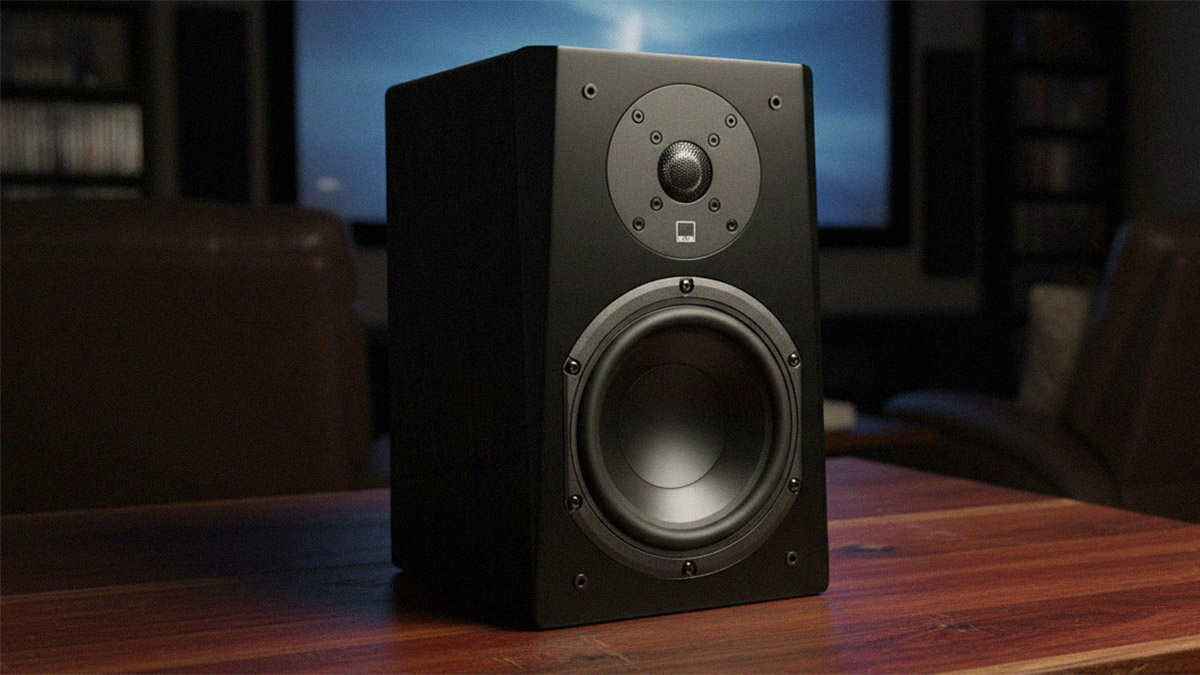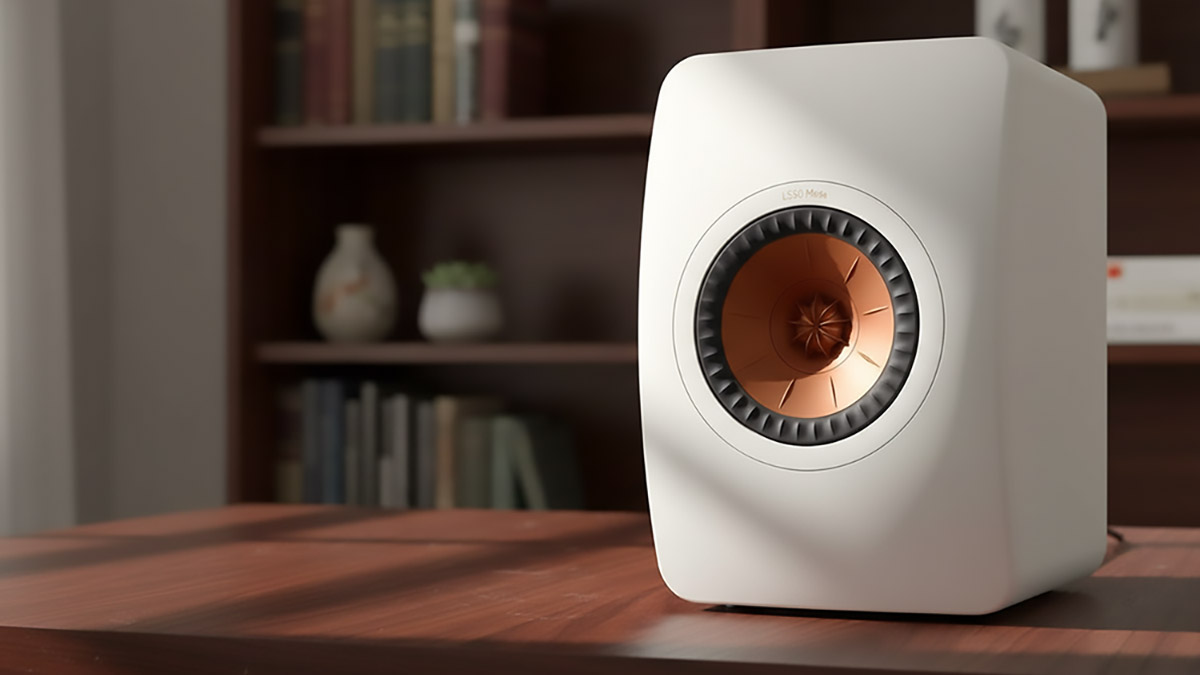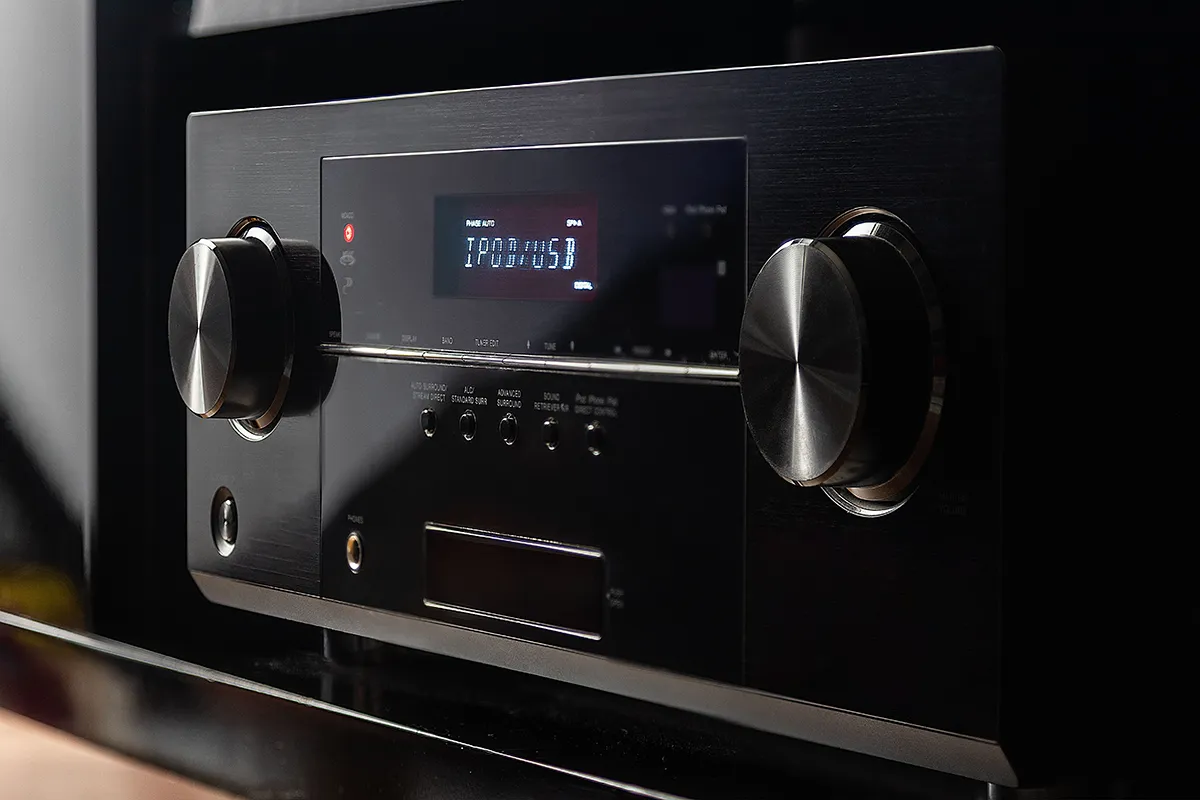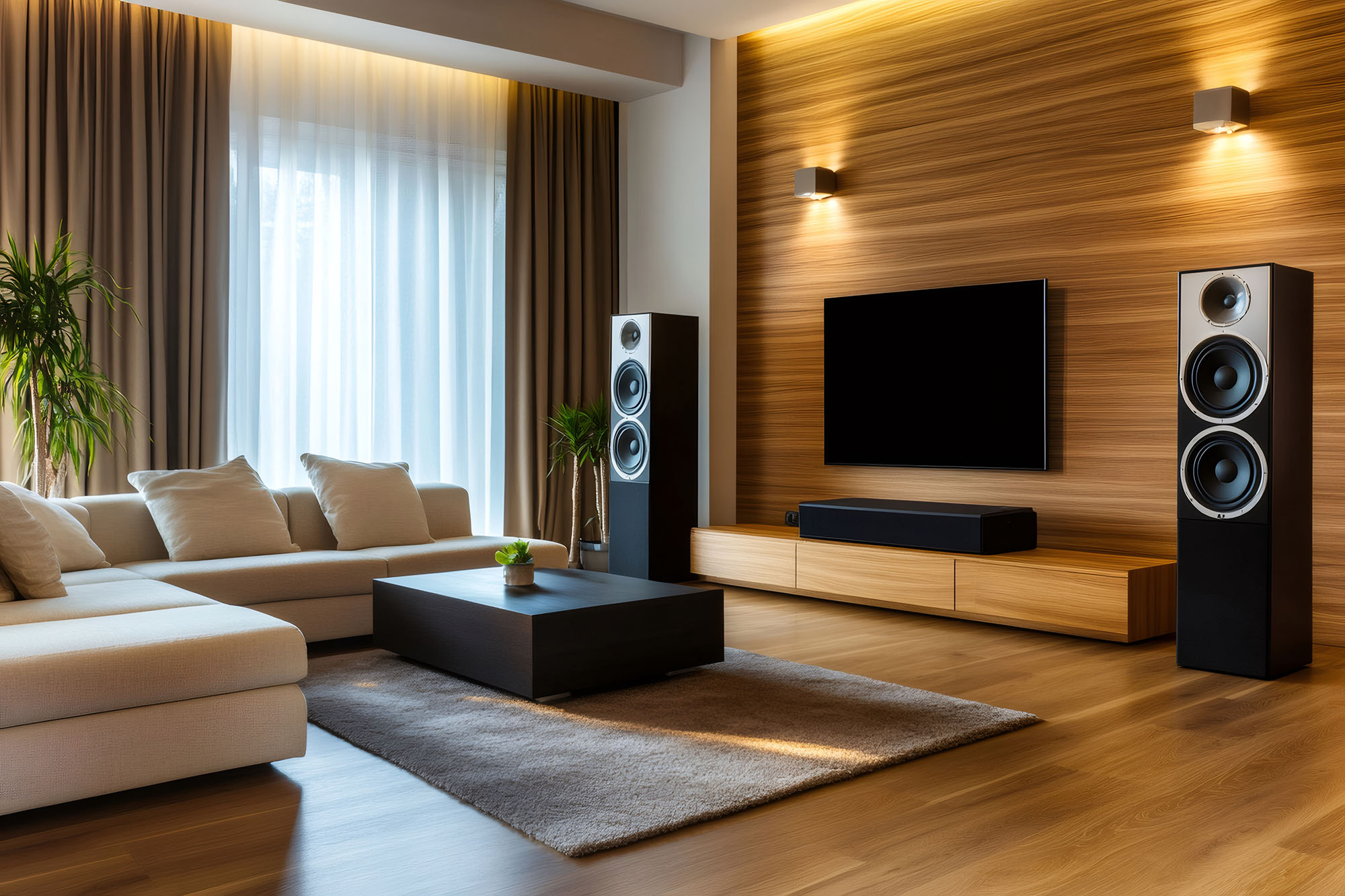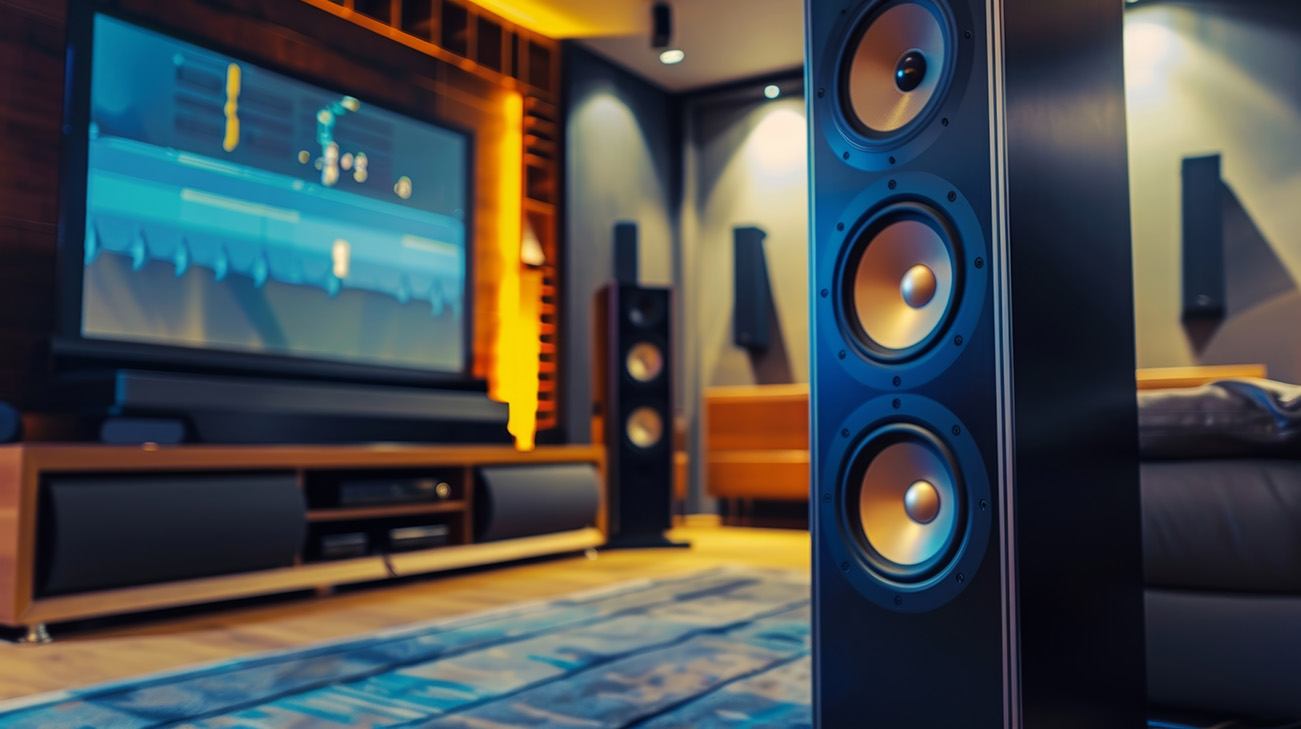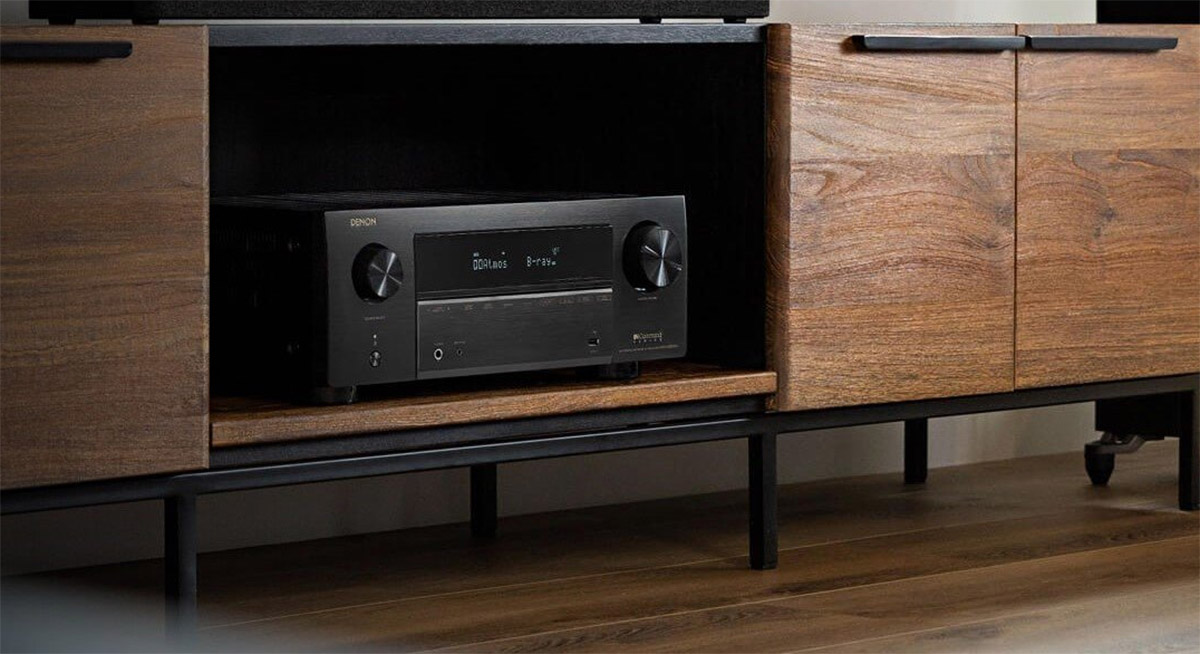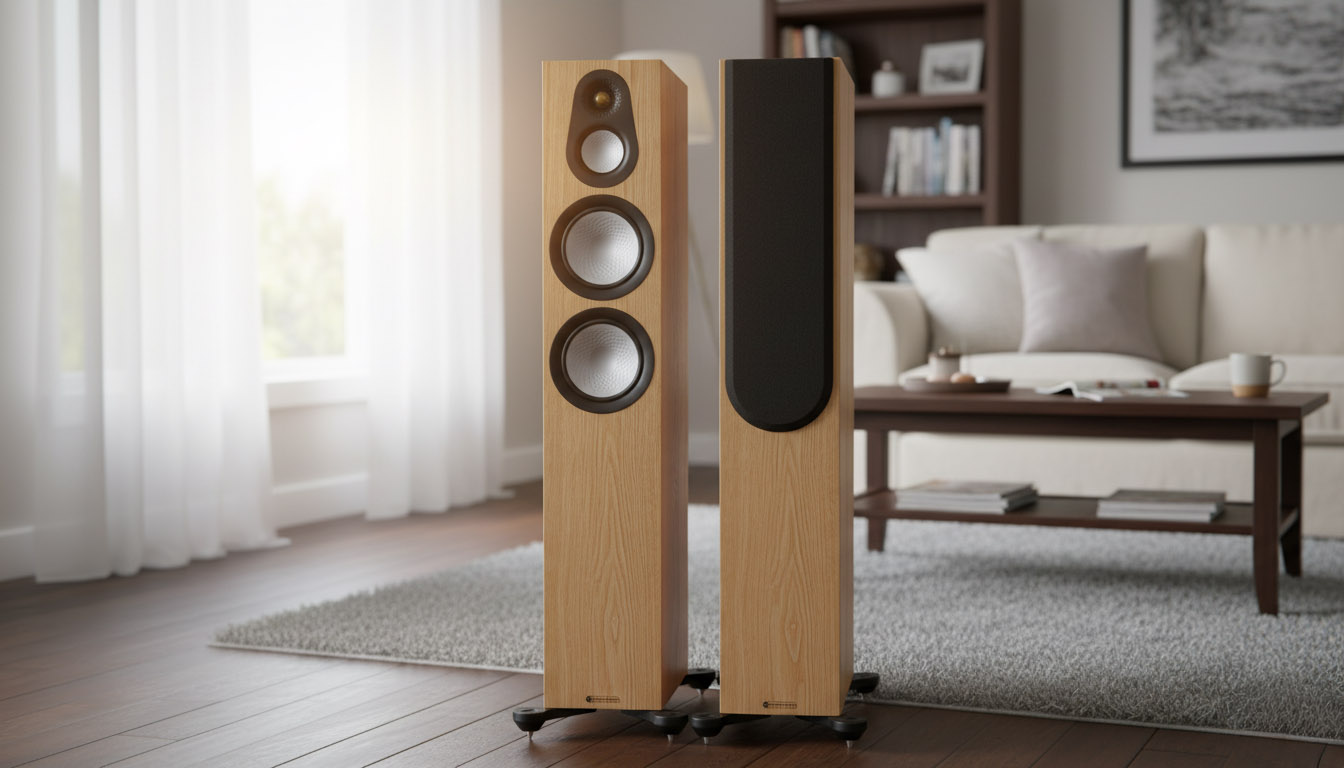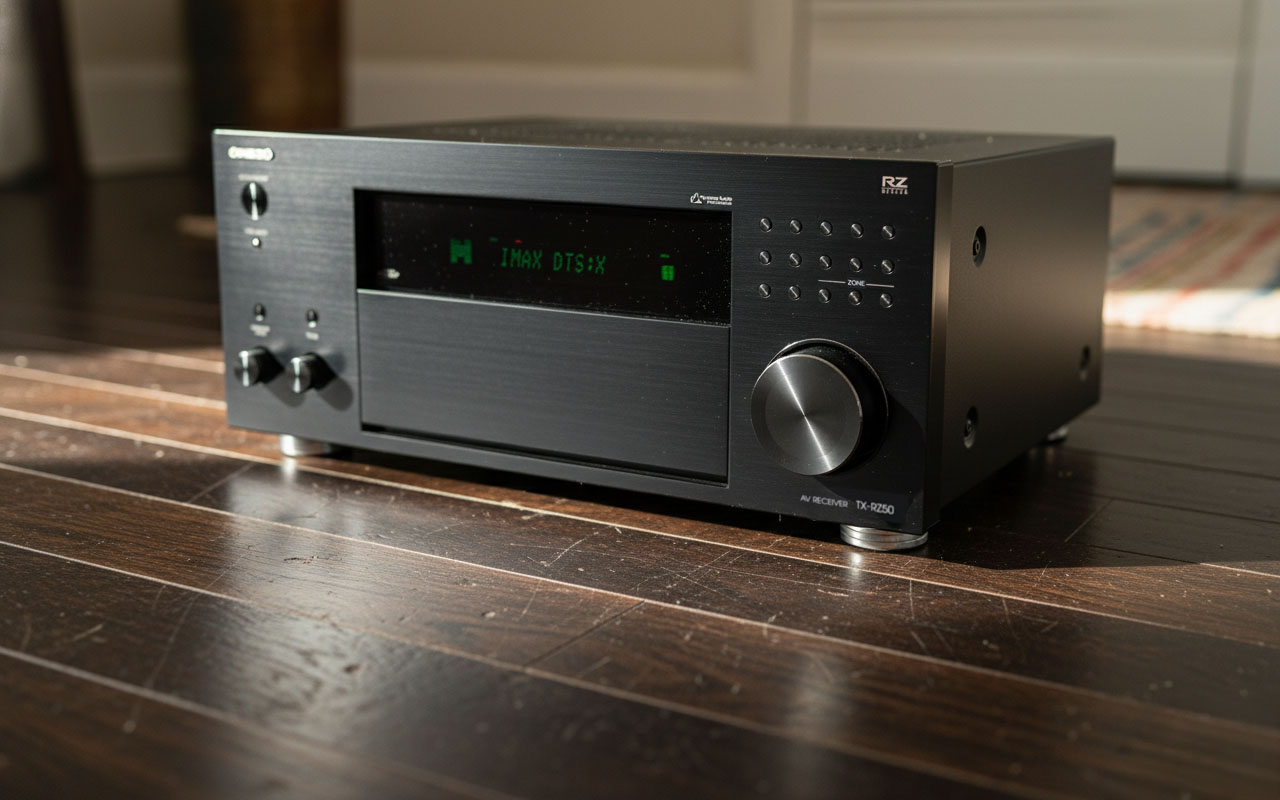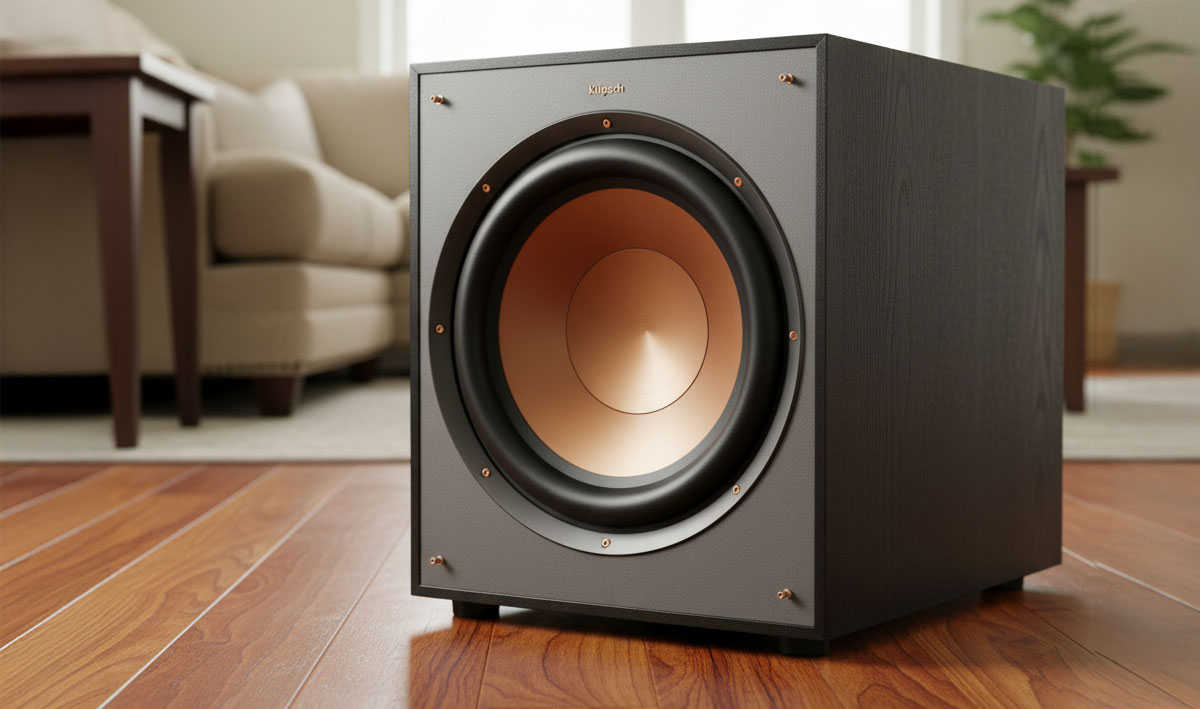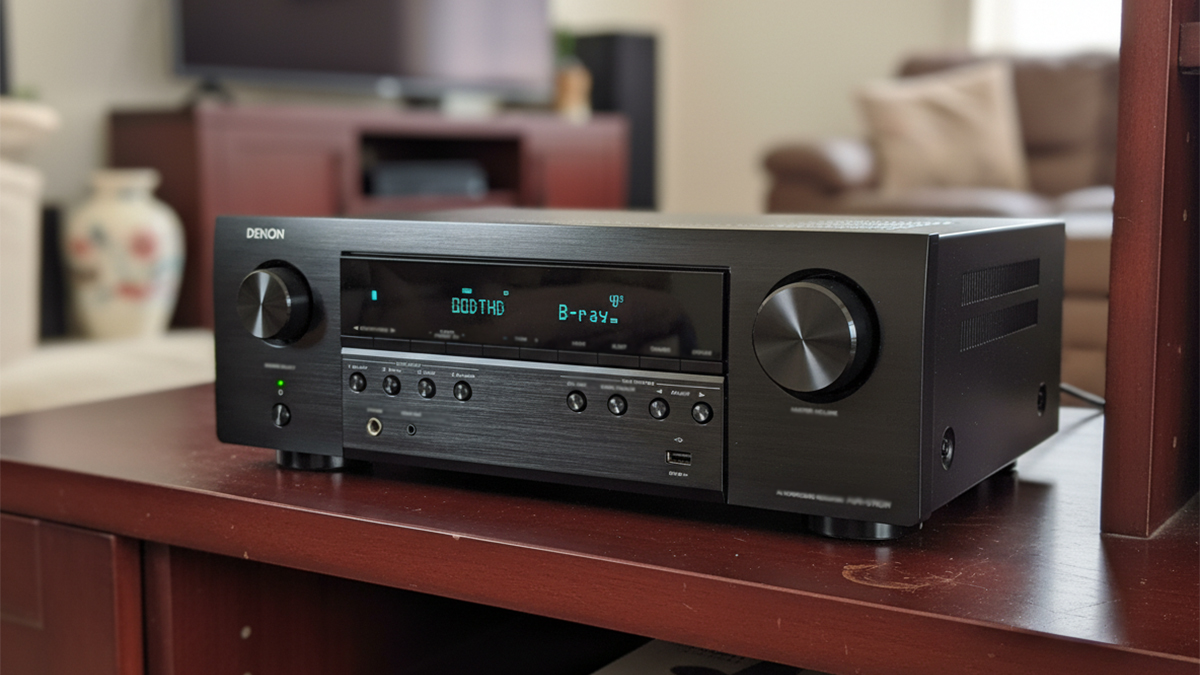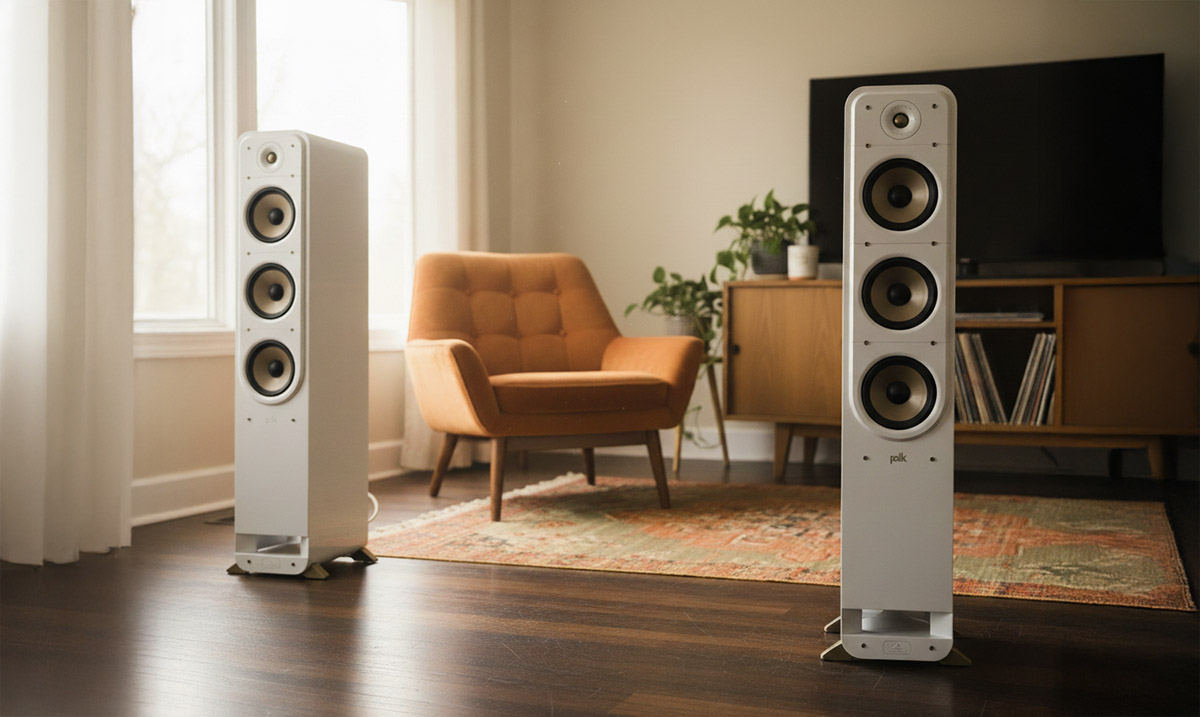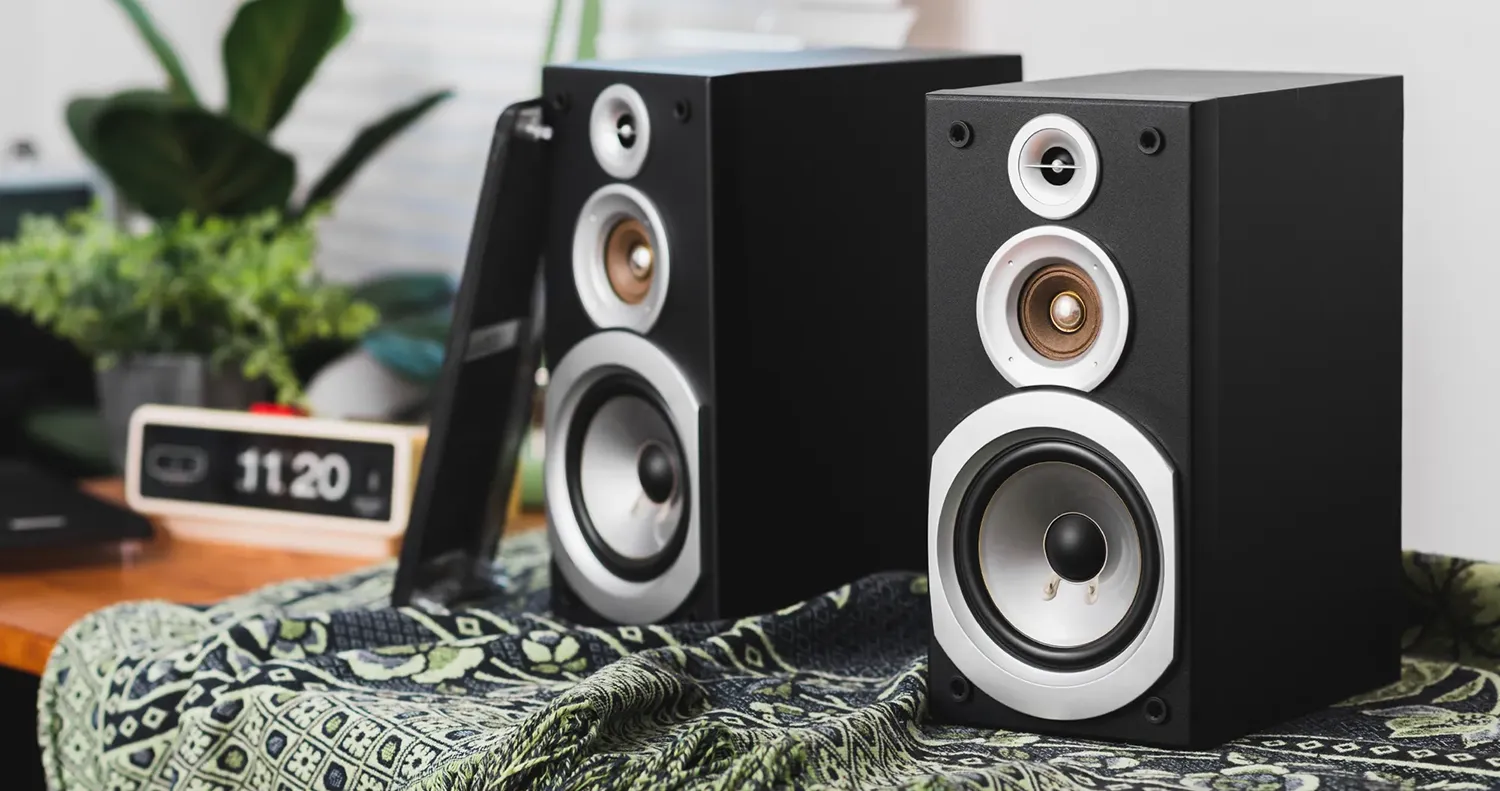Yamaha’s RX-V385 is an easy way to bring real surround sound to a living room without turning setup into a chore. Owners praise its simple wiring, quick room tuning with the included mic, and clear dialogue with steady bass, while the main wishes are for built in streaming and height formats. If you want reliable 5.1, clean 4K video pass through, and a setup process that feels guided rather than fussy, this receiver makes a very practical start.
Pros
![]() Clear, room filling sound for a basic 5.1 setup.
Clear, room filling sound for a basic 5.1 setup.
![]() Smooth 4K video pass through with HDR formats like Dolby Vision and HLG.
Smooth 4K video pass through with HDR formats like Dolby Vision and HLG.
![]() YPAO auto calibration that makes voices clearer and bass more even.
YPAO auto calibration that makes voices clearer and bass more even.
![]() Bluetooth for everyday music from a phone.
Bluetooth for everyday music from a phone.
![]() Straightforward on screen menus and quick guidance that help first timers.
Straightforward on screen menus and quick guidance that help first timers.
Cons
![]() No Wi Fi or Ethernet and no built in streaming apps.
No Wi Fi or Ethernet and no built in streaming apps. ![]() Limited to 5.1, so there is no Dolby Atmos.
Limited to 5.1, so there is no Dolby Atmos. ![]() Some users find the manual and first time Bluetooth pairing confusing.
Some users find the manual and first time Bluetooth pairing confusing. ![]() A few note the unit can run warm in a tight cabinet.
A few note the unit can run warm in a tight cabinet.
Introduction
The Yamaha RX-V385 targets people who want better sound than a TV can offer, yet do not want a steep learning curve. It powers five speakers and a subwoofer, passes modern 4K signals to your TV, and includes a small microphone that lets the receiver measure your room and set itself up. That formula is simple. You plug in your players and your speakers, run the quick mic routine, and enjoy a real surround bubble with clear voices and steady bass. It is not packed with every format, and it does not try to be a streaming hub, but it nails the basics that make movie night feel like a real upgrade.
Key Features
At its core, the RX-V385 is a five channel design with decoding for the lossless formats that live on many discs and streaming services. Dolby TrueHD and DTS HD Master Audio are covered, which means most modern soundtracks play with clean detail and proper channel steering. If you are moving up from a soundbar, the step to discrete 5.1 is the difference between sound that seems to come from the screen and sound that wraps around your seating area.
Connectivity
You get four HDMI inputs and one HDMI output. The receiver passes 4K at 60 frames per second and supports HDR10, Dolby Vision, HLG, and the BT.2020 color space. Game consoles, disc players, and streaming boxes lock in without drama, and video features on your TV continue to work as expected. Auto lip sync and HDMI CEC are supported, so your TV and receiver can coordinate basic commands. Audio Return Channel on the HDMI output lets TV apps send sound back to the receiver over that same cable. With the latest firmware, enhanced ARC is available, which improves the bandwidth for audio returning from your TV. In daily life that means one cable can handle picture to the TV and sound back from the TV apps.
Room correction
The included YPAO system asks you to place the supplied mic at your seat, then it plays a short series of test tones. The receiver measures speaker distances, levels, and basic room response, then applies settings that fit your space. The effect is easy to hear. Dialogue snaps into focus, bass gets tighter, and balance across the couch improves. If you don’t enjoy tinkering, YPAO does the important work for you in a few minutes.
Everyday listening
You can stream music from a phone or tablet, and you can also send audio out from the receiver to a pair of Bluetooth headphones for late night viewing. The Bluetooth transmitter and receiver functions are simple to toggle in the menu. There is a front USB that plays music from a flash drive, plus optical and coaxial digital inputs for older gear. Yamaha also includes its Cinema DSP sound fields. Some listeners leave these off for a neutral presentation. Others find that certain modes open up the front stage at lower volumes, which is handy when you want clarity without raising the master volume.
Yamaha includes Silent Cinema, which is a headphone surround mode that simulates a wider soundstage over wired headphones. It is useful when you want an immersive feel without waking the house. Small touches like this, along with a clean on screen menu and a helpful quick start guide, keep the learning curve gentle.
Sound Quality and Setup
Most buyers describe a clear step up from TV speakers or older receivers. After running YPAO, voices sit forward in the mix and remain intelligible even when the soundtrack gets busy. Bass feels firmer and less boomy, so explosions have weight without muddying dialogue. The overall presentation has more grip and shape, which makes action scenes feel wider and more organized. Owners in small and medium rooms report plenty of punch with common bookshelf or satellite speakers, especially when the subwoofer is placed well and level matched.
The setup experience draws frequent praise. The on screen steps are easy to follow and the mic routine finishes quickly. People who had never used a measurement mic before were able to complete the process and hear the improvement right away. Many report that source naming, input trims, and basic lip sync adjustments are simple to reach. Bluetooth pairing earns mixed comments. For many it works the first time and reconnects smoothly. Others mention that the initial pairing sequence can be confusing. Once you follow the pairing steps in the manual, the connection tends to be stable for daily use.
Owners do mention a few pain points. The RX-V385 does not have Wi Fi or Ethernet, so there is no MusicCast or AirPlay on board. If you want network streaming inside the receiver you will need to step up to another Yamaha model or add a separate streamer. A small number of users say the unit gets warm during long sessions when it is stuffed into a tight cabinet. Give it breathing space and it behaves. The manual could be clearer in a few places, especially around first time Bluetooth pairing and ARC settings. These are not deal breakers, but they are worth knowing so you plan a little time for setup and ventilation.
Who Is It For
Choose the Yamaha RX-V385 if you want a dependable first receiver for a five speaker living room or den. It suits people who care about clear voices, simple wiring, and reliable 4K pass through more than chasing every new audio format. It also fits anyone who already uses streaming apps on a smart TV or an external box and only needs the receiver to pass picture and play sound with authority. If you know you want height speakers or multiroom streaming from the app level, you will eventually want a higher tier model, but for many households this is exactly the right tool.
Tips if You Buy
Update the firmware before you do anything else so you have the latest HDMI and ARC behavior. Place the YPAO mic at ear height where you actually sit and run the test when the room is quiet. Connect the TV’s ARC labeled HDMI port to the receiver’s HDMI out, then enable ARC and CEC in both devices. Use certified Ultra High Speed HDMI cables for 4K sources, even for short runs, and label your inputs so your family can find them quickly. If Bluetooth pairing is stubborn, start pairing from the receiver menu and follow the sequence in the manual, then reconnect from your phone. Leave space above and to the sides of the chassis so it can vent heat during long sessions.
Alternatives to Consider
Denon AVR S540BT
is a similarly simple five channel receiver with Bluetooth and 4K HDR pass through. It is a good choice if you prefer Denon’s interface and remote style.
Sony STR DH590
is another popular five channel model with clean 4K handling and easy setup, though some owners wish for stronger bass control and cooler running under load.
RELATED: Sony STR-DH590 Review
Onkyo TX SR393
offers a friendly setup flow and support for Dolby Vision, HDR10, and HLG. If you like Onkyo menus and want a different take on the starter 5.1 formula, it fits well.
Final Thoughts
The Yamaha RX-V385 succeeds because it focuses on the fundamentals. It passes modern video signals without fuss, it tunes itself to your room in a few minutes, and it delivers clear voices with convincing surround movement. Owners describe a steady and friendly experience from unboxing to movie night, which is exactly what a first receiver should deliver. The tradeoffs are clear. There is no network streaming and no Atmos, and you will want to read the Bluetooth and ARC sections in the manual. If those limits fit your plans, the RX-V385 is a reliable way to build a surround system that simply works and feels comfortable to live with.
FAQ
Q. Does the RX-V385 support Dolby Atmos or DTS X
A. No. It is a five channel receiver, so it decodes formats like Dolby TrueHD and DTS HD Master Audio, but it does not support height based formats.
Q. How many HDMI inputs does it have, and does it pass 4K HDR
A. There are four HDMI inputs and one HDMI output. It passes 4K at 60p and supports HDR10, Dolby Vision, and HLG.
Q. Does it support eARC
A. Yes. With current firmware the receiver supports enhanced Audio Return Channel over the HDMI output, which improves audio from TV apps through a single cable.
Q. Can I stream music from my phone
A. Yes. Bluetooth is built in, so you can stream audio wirelessly from a phone or tablet.
Q. Can the receiver send audio to Bluetooth headphones
A. Yes. The RX-V385 can transmit audio to a single Bluetooth headphone or speaker. It can also play through the main speakers at the same time, though there will be a small delay in the Bluetooth path.
Q. What comes in the box
A. You get the remote, batteries, the YPAO microphone, and AM and FM antennas.
Q. What room size does it suit
A. Owner feedback suggests small to medium rooms are ideal, especially when you run YPAO and take a minute to place the subwoofer well.
Q. Does it run hot
A. Some users report warmth during long sessions in tight cabinets. Give it space to breathe and it is fine.
Q. Why is Bluetooth pairing not working on the first try
A. Make sure you start pairing from the receiver menu, then put your phone into pairing mode and select the receiver. Clearing old pairings on the phone and restarting both devices often helps.
Q. Can I use bi amp on the front speakers
A. Yes. If your speakers support bi wiring, the receiver offers a bi amp mode for a two channel setup, which can provide better control of the front left and right speakers.
Teksignal.com participates in the Amazon Services LLC Associates Program, an affiliate advertising program designed to provide a means for sites to earn advertising fees by advertising and linking to Amazon.com. The reviews and articles on this site are hands-off consensus reviews and observations. We analyzed owner feedback across the internet and manufacturer documentation. We summarize sentiment; we do not republish individual user posts.

